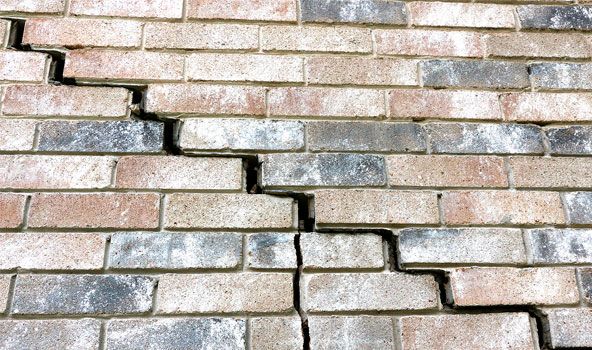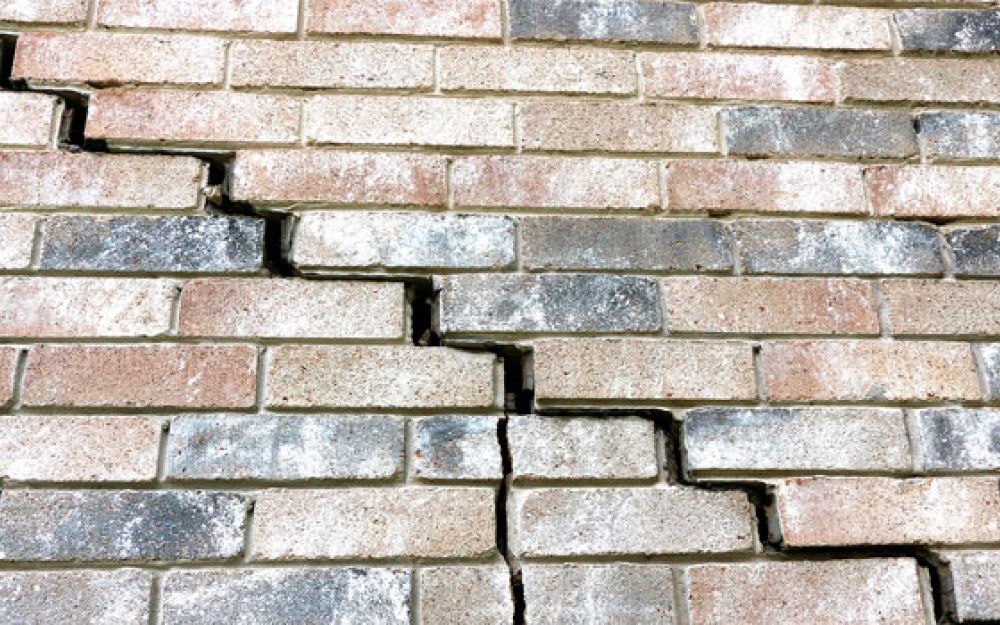10 House Settling Signs That May Indicate Problems With Your Foundation



For many of us, our home is our biggest investment. It supports our families, our treasures, and the hustle and bustle we call life. You may be surprised to know that many homes across the country suffer from foundation problems. Creeks, cracks, and noises are causes for alarm among those who have older homes or new constructions.
The sound of a home nestling itself into the earth can be normal. Yet is it possible for a home to settle too much? When can signs be explained away, and when is it time to call a professional? Let’s take a look.
What Causes House Settling
House settling is a common occurrence in the life of any homeowner. It happens as the soil beneath the foundation shifts or compacts, which in turn leads to cracks, gaps, and other signs of structural damage. The main causes of house settling include:
Soil Conditions
Soil composition and moisture content play a significant role in house settling. Soil that is too dry or too wet can cause expansion and contraction, leading to movement in the foundation.
Poor Site Preparation
Improper site preparation can also cause house settling. This can occur when the foundation is not built on a stable surface, such as on top of loose or unstable soil.
Natural Disasters
Natural disasters such as earthquakes, floods, and hurricanes can cause significant damage to a house’s foundation. These events can cause soil to shift, and can even cause the foundation to shift or crack.
Poor Drainage
Poor drainage around a house can also lead to house settling. This occurs when water is not properly directed away from the foundation, leading to excess moisture and soil erosion.
Structural Design
The design of a house’s foundation and structure can also cause settling. Poorly designed foundations or structures that are not properly supported can lead to shifting and cracking over time.
Sign #1: Cracks in Walls and Floors
Cracks in walls or floors may be a sign of the foundation settling. If the cracks are larger than 1/4 inch, it is important to have them inspected by a professional to determine if it is a serious issue. Jagged cracks around windows and doors at a 45-degree angle are a sure sign that your foundation is shifting so much that it is tearing your sheet rock apart.
Sign #2: Uneven or Sloping Floors
If you notice that your floors are uneven, it may be due to the foundation settling. Sloping floors are a sure sign that something has moved because most houses are level when they are built.
Sign #3: Sticking Doors and Windows
Sticking doors and windows are a common sign of foundation problems. As the foundation settles, it can cause the frame of the house to shift and twist out of place, making doors and windows difficult to open or close.
Sign #4: Separation Around Doors and Windows
If you notice separation around your doors and windows, it could be a sign of the foundation settling. This separation can cause drafts, which can lead to higher energy bills.
Sign #5: Cracks in Brickwork
Cracks in brickwork can be a sign of foundation issues. This is because as the foundation settles, it can cause the brickwork to shift and crack.
Sign #6: Gaps Around Chimney
Gaps around your chimney can indicate foundation problems. This can be a serious issue, as it can cause the chimney to lean or become unstable.
Sign #7: Sagging or Uneven Roof
If your roofline appears to be sagging or uneven, it could be due to the foundation settling. This can cause roof leaks, which can lead to water damage and mold growth.
Sign #8: Water in the Basement
Water damage in the basement can be a sign of foundation problems. This can occur when the foundation settles, causing cracks and allowing water to seep into the basement. If water seeps in after it rains, it is likely that your foundation has gotten compromised.
Sign #9: Bowing Basement Walls
Bowing basement walls can be a sign of foundation problems. This can cause cracks in the walls, which can lead to water damage and mold growth.
Sign #10: Sinking Foundation
If you notice that your foundation is sinking, it could be due to the foundation settling. If your home is built on a slope or hillside, you may incur foundational damage due to the soil slowly shifting downhill. This happens over a period of years and can be a serious issue, as it can cause the house to shift and become unstable.
Repairing The Problem
To repair foundation-settling issues, it’s important to first identify the underlying cause. This may involve hiring a professional to inspect the foundation and recommend a course of action. Common repair methods include adding support piers, installing drainage systems to manage water runoff, and injecting polyurethane foam to lift and stabilize the foundation. It’s important to address settling issues as soon as possible to prevent further damage to the structure of the house.
Build a Firm Foundation
A little house settling is can be normal. If, however, cracks, bowed ceilings, or sticking doorways have you worried, the best thing you can do is get to a professional to take a look at your foundation. Schedule your free inspection with the experts at BAY Crawl Space & Foundation Repair today.
Voted #1 for Crawl Space & Foundation Repair
Our award-winning team of experts has hundreds of years of collective experience in crawl space and foundation repair. Here are a few reasons why our customers love us:
- Photos included with free inspections
- Flexible and customized options
- Discounts and financing available
- Excellent long-term warranties
- Great communication
#1 Rated Locally for Fixing House Settling
Our reviews show our commitment to taking great care of our customers over the years. We pride ourselves on giving great customer experiences & delivering excellent value. Our experience & efficiency allow us to do more, for less.
- Google – 4.9 Rating with 1,000+ Reviews
- Angi – 4.9 Rating with 300+ Reviews
- Facebook – 5.0 Rating with 300+ Reviews
- HomeAdvisor – 4.9 Rating with 200+ Reviews
- Better Business Bureau – 4.9 Rating with 300+ Reviews

